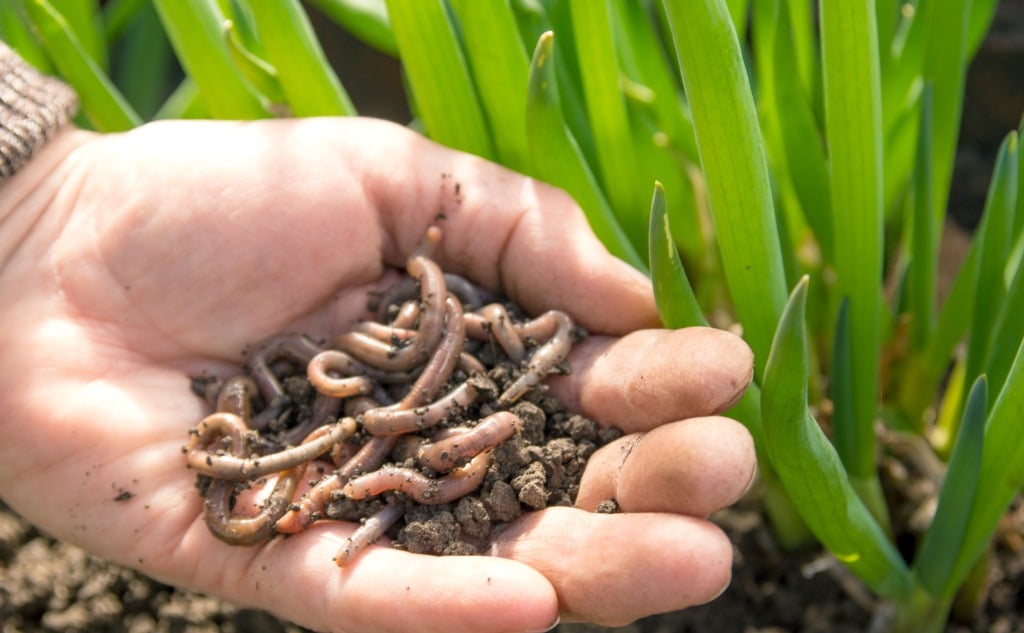Here’s whether worms are insects:
Worms are not insects.
Worms belong to the Phylum Platyhelminthes, Phylum Nematoda, and Phylum Annelida.
Insects belong to the phylum Arthropoda.
Differences between worms and insects are:
- Jointed Appendages
- Ability to Withstand Dehydration
- Exoskeleton/Hydro Skeleton
- Molting
- Respiratory System
- Speed
So if you want to learn all about the differences between worms and insects, then this article is for you.
Let’s jump right in!
What Are Worms and Insects?
“Worm” is the term that often comes to mind in various scenarios, including some of the following:
- While looking at the damaged stems and leaves of garden plants which is due to cutworms.
- While looking at a scarf made of silk produced by silkworms.
- When seeing an earthworm while gardening.
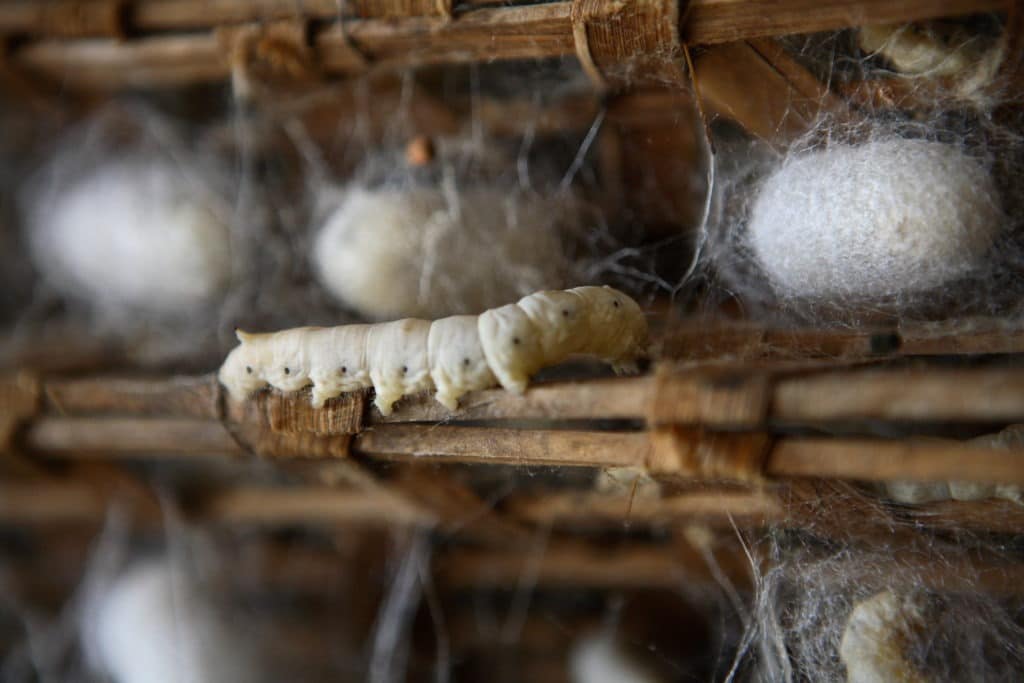
It might interest you to know that many of these organisms (living things) for whom you use the term “worm” are not worms at all.
Let me explain:
- Cutworms are the larvae of a moth (insect) that are nocturnal (they come out and eat at nighttime).
- A silkworm is the larva of a moth (insect) named bombyx mori.
So, Are Worms Insects?
The simplest answer to this question is no.
Worms are not insects.
In fact, there are some worms that can infect insects; for example, the horsehair worm is a parasite found on grasshoppers and cockroaches.
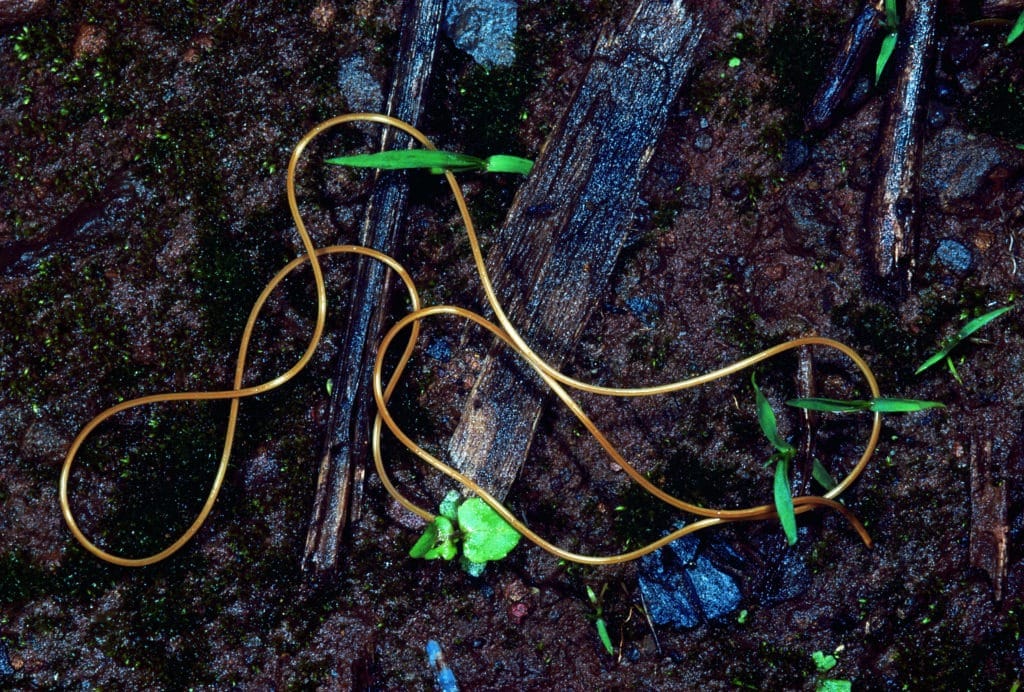
However, both worms and insects animals and belong to the kingdom Animalia.
The bottom line is that worms are not insects. Also, not everything referred to as a worm is, indeed, a worm. See below.
How are Worms and Insects Different?
Before we compare worms and insects, you should understand both groups of animals.
So without further ado let’s do this!
What Are Worms?
Biologically worms belong to three phyla (phylum is the 2nd level in the taxonomic hierarchy after kingdom, which is the 1st level):
- Phylum Platyhelminthes consisting of flatworms and tapeworms.
- Phylum Nematoda is also known as Nemathelminths consisting of roundworms.
- Phylum Annelida also known as segmented worms.
Let’s discuss the three types of worms:
Flatworms
They belong to the class Trematoda also known as flukes; for example, liver fluke (Fasciola Hepatica).
They are dorsoventrally compressed (compressed from the upper and lower side to make them flat), which makes them more like a flattened leaf.
This is due to the fact they do not have any circulatory system for the transport of oxygen and nutrients, so their flat bodies help their cells acquire these substances from the environment by diffusion.
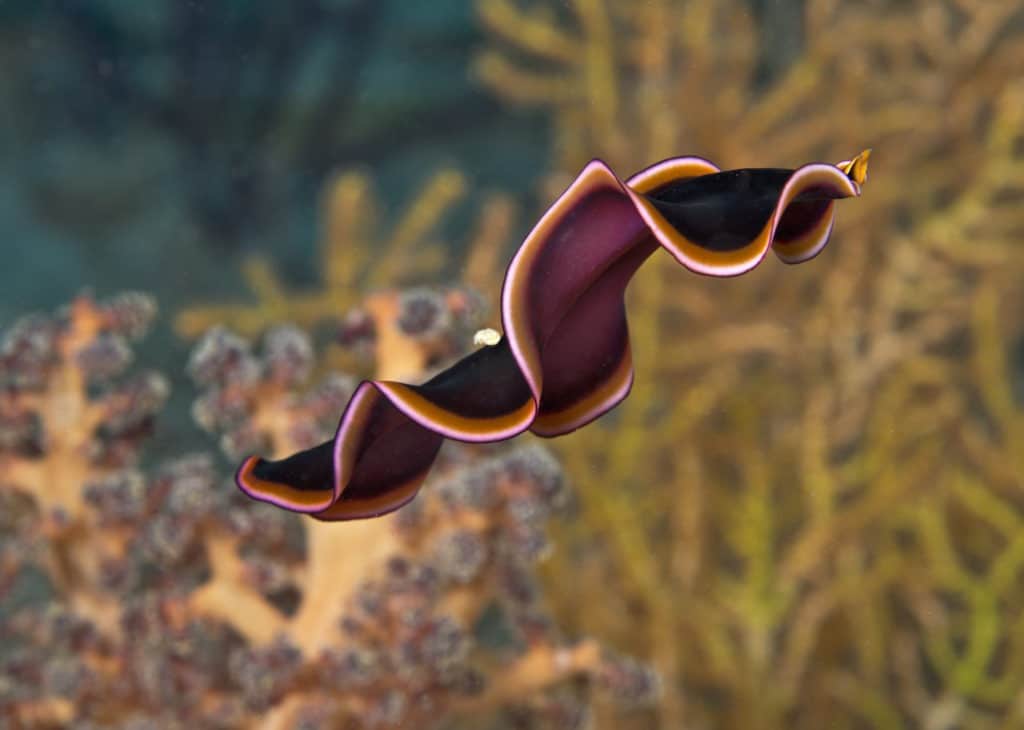
They lack a respiratory system as well but have a diffused type of nervous system (made up of a network of nerve cells with no brain) and a simple digestive system with many branches that allows access to all the cells.
Most Flatworms do not have an anus; thus, they regurgitate (or vomit) undigested food through their mouth (single opening).
They have a well-developed mechanism for the removal of waste materials consisting of protonephridia which are also known as flame cells (they appear like a flickering flame due to the beating of cilia present in them).
They have special structures such as hooks (also called holdfasts) and suckers to keep them strongly attached to their host (most of them are parasitic).
Tapeworms
Tapeworms belong to the class Cestoda of phylum Platyhelminthes and have a tape or ribbon-like appearance. They consist of a head (scolex), a neck, and a long body made up of segments called proglottids.
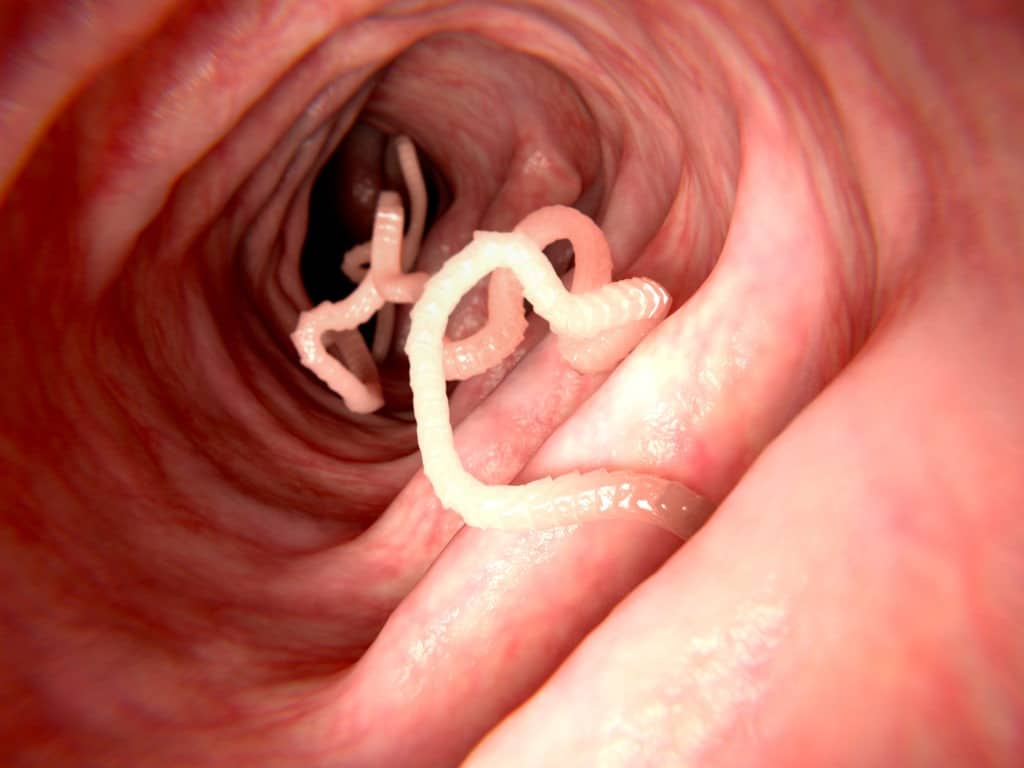
These worms can have long bodies and are mostly found as parasites living in the intestines of humans and animals; for example, taenia solium and taenia sagenata live in the human intestine.
They do not have a mouth but absorb the nutrients directly from their environment.
Roundworms
Roundworms belong to another phylum called Nematoda and are also known as pointed worms or eelworms (plant parasites).
They have thread-like bodies that are pointed at both ends. They have a distinct head, a tail, and two openings in their tube-like digestive tract.
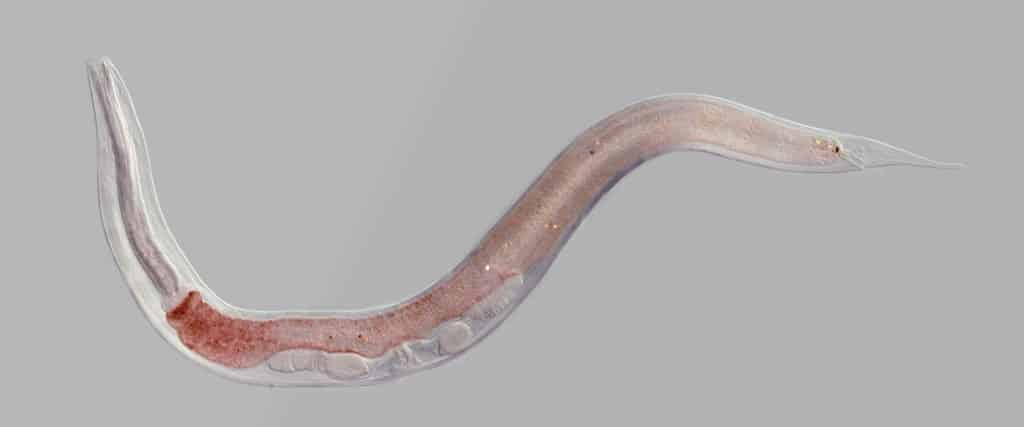
They do not have a developed urinary system.
Many of them are parasitic; for example, the hookworm causes Helminthiasis in humans, the pinworm causes itching in the anal region, and the canine heartworm lives in the heart and blood vessels of dogs and cats.
Segmented Worms
Segmented worms belong to the phylum Annelida and are the worms we are most familiar with.
Their bodies are divided into segments by septa (walls), and the segmentation may be externally visible in the form of rings or constrictions.
These are true coelomates; they have a body cavity between the gut and external body wall.
Other groups of worms either have no body cavity (e.g., flatworms) or a false body cavity which is also known as pseudocoelom (e.g., roundworms).
Annelids have well-developed digestive, nervous, circulatory, and excretory systems but have no respiratory system.
Therefore gaseous exchange occurs directly through the body’s surface.
Examples are:
- Earthworm: Involved in burrowing activity to increase soil fertility.
- Bristle Worms: Having bristles on their sides in each segment attached to parapodia.
- Leeches: Involved in blood-sucking for medicinal purposes.
Annelids share many similarities with insects and are believed to have the same ancestors.
What Are Insects?
Insects are the most abundant animals on this planet and belong to the class Insecta of phylum Arthropoda.
Arthropods have jointed appendages, and most insects have three distinct bodily regions:
- Head
- Thorax
- Abdomen
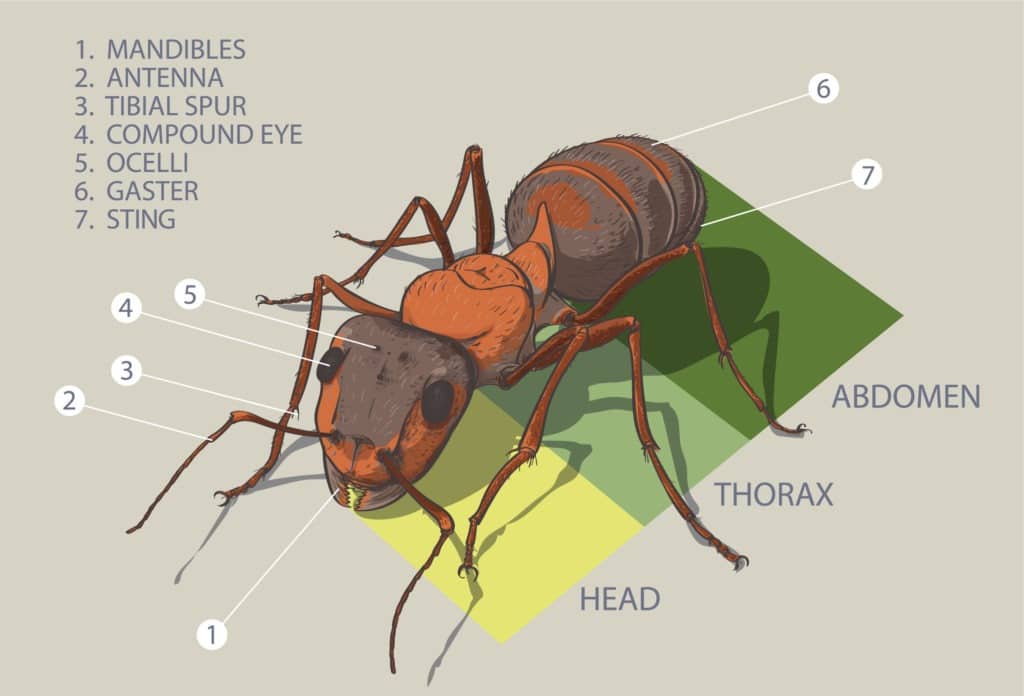
There are other small creatures that look like insects (e.g., ticks and mites) but are not insects by biological definition.
Unlike insects, ticks and mites have two distinct bodily regions because their head and thorax are merged.
Also, they have 8 legs instead of 6. Therefore, insects are, by definition, only those Arthropods that have:
- Jointed appendages.
- Six legs in three pairs called hexapods.
- Body divided into head, thorax, and abdomen.
- A hydrophobic (water-repelling) exoskeleton made up of chitin.
- Compound eyes and Antennae at the anterior end of the body.
Insects range from being edible (used as food) to being disease carriers; some can be harmful and even be poisonous.
Examples include:
- Bed bugs and fleas that cause itching and skin lesions.
- Mosquitoes that transmit malaria, dengue fever, and congo fever.
- Butterflies and honey bees acting as pollinators.
- Moths producing silk.
- Houseflies (musca domestica) acting as a mechanical vector for germs.
- Fruit flies as the organism of choice in many biological and genetic experiments.
Phylum Arthropoda also contains different classes other than Insects, some of which resemble insects but are, by definition, different.
For example:
- Class Crustacea contains crabs and other sea Arthropods
- Class Arachnida contains mites and spiders
- Class Myriapoda contains organisms with many segments in their bodies such as Centipedes and Millipedes. Each segment has 2 or 4 legs originating and they contain two pairs of antennae instead of one.
What Are the Differences Between Insects and Worms?
Worms and insects share some common characteristics.
For example, both are invertebrates and have bilateral symmetry (their sides are mirror images of each other).

However, there are many differences between the two groups.
Some of the important differences between insects and worms are:
Jointed Appendages
Insects have jointed appendages made by special modifications in chitin (the building material of their exoskeleton), but worms do not have jointed appendages though they have some structures such as hooks and chaetae (made up of chitin in earthworms).
Also, worms lack joints.
Ability to Withstand Dehydration
If an earthworm comes in contact with high dosages of salt, it loses its water, melts, and dies immediately.
Worms are very delicate creatures and usually live in a hostile environment.
They cannot withstand dehydration in a hypertonic environment because they lack a protective covering.
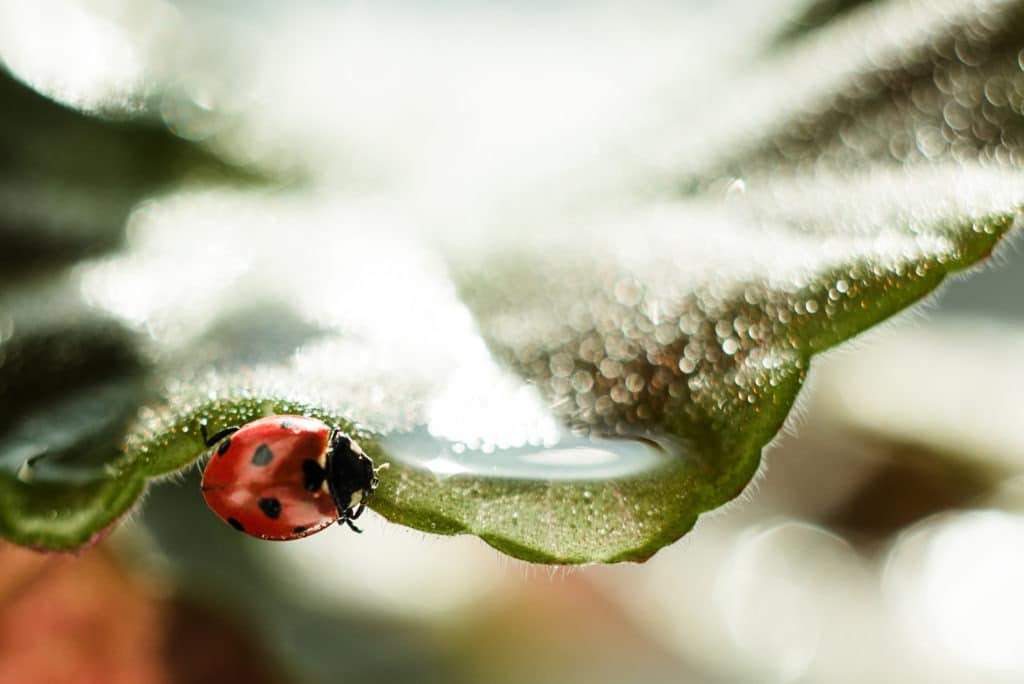
This is because they use the surface of their skin for gaseous exchange.
On the other hand, the thick waxy cuticle present on the surface of insects greatly enables them to withstand dehydration.
Exoskeleton/Hydro Skeleton
Insects have a thick, strong, and rigid exoskeleton (made up of chitin and other materials) to which internal muscles are attached.
This exoskeleton provides protection against predatory birds and aids their movement.
In contrast, worms do not have an exoskeleton—they have a hydroskeleton—which is a mixture of circular and longitudinal muscles, collagen fibers, and the internal contents of their bodies.
Molting
Insect exoskeletons are non-living entities.
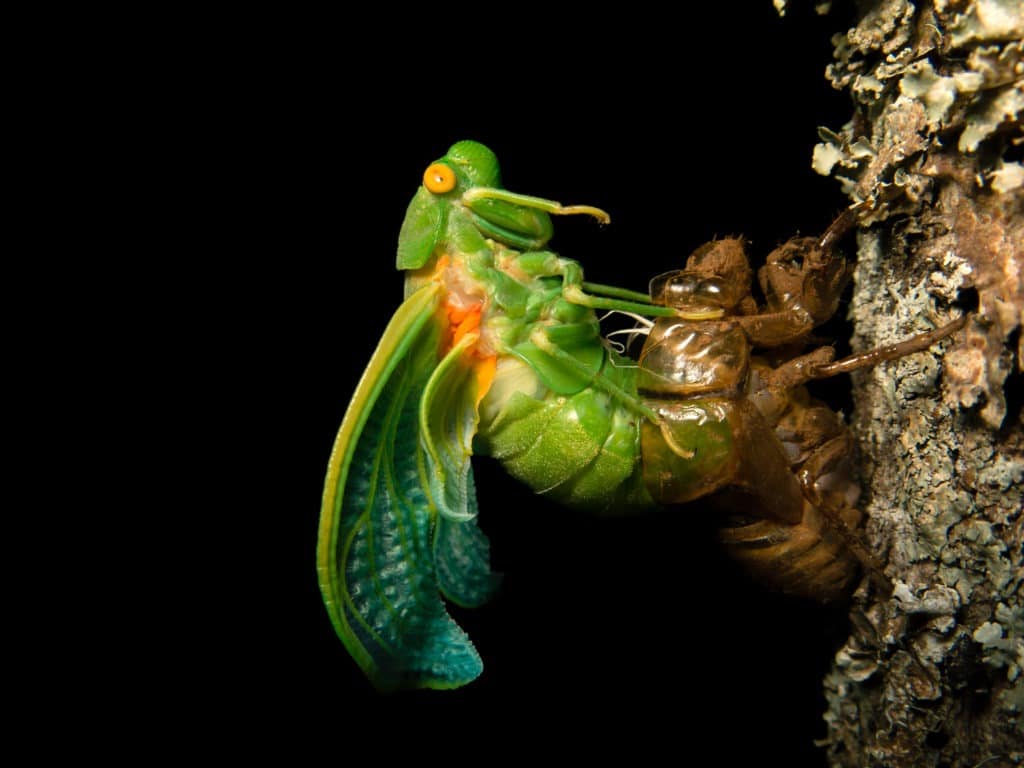
They cannot grow. Therefore, immature insects shed their old exoskeletons and replace them with new ones, a process called molting or ecdysis.
Worms do not undergo molting.
Respiratory System
Insects have a well-recognized respiratory system in the form of tube-like tracheae spread throughout their bodies.
Worms do not have respiratory systems; they depend on their moist body surface for gaseous exchange by diffusion.
Speed
Insects have developed mechanisms to run and fly.
Therefore, insects move much faster than worms which only crawl.
